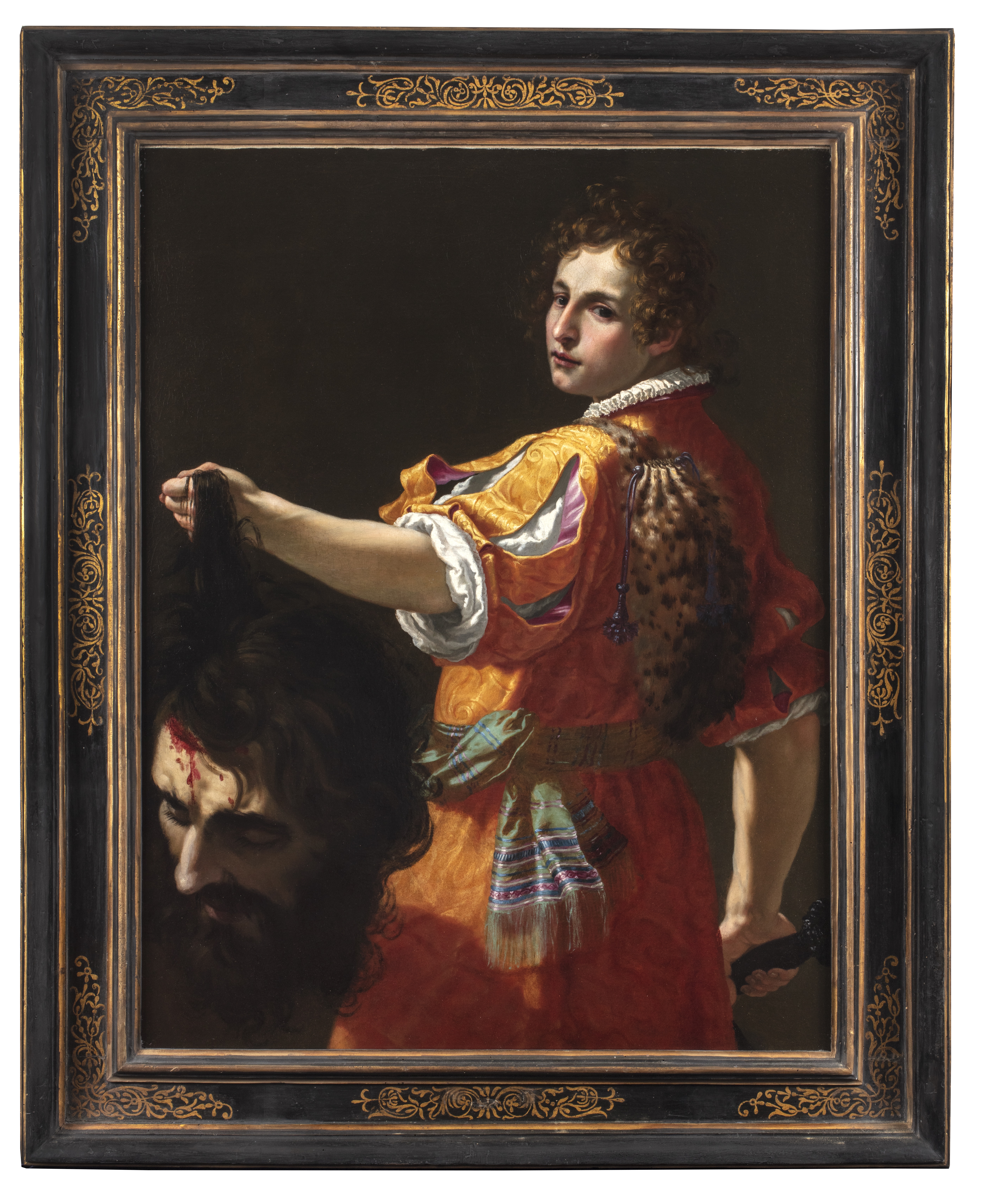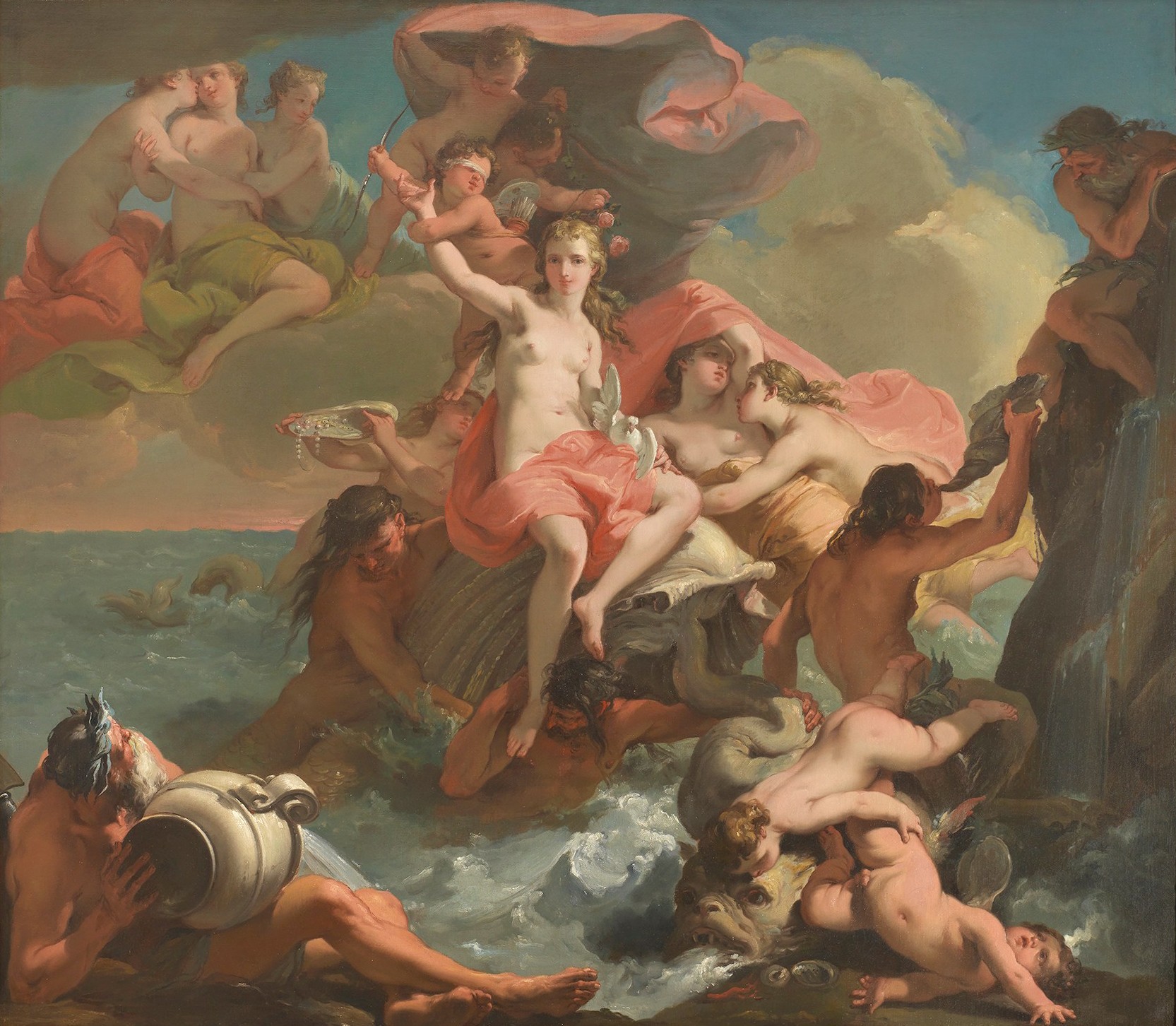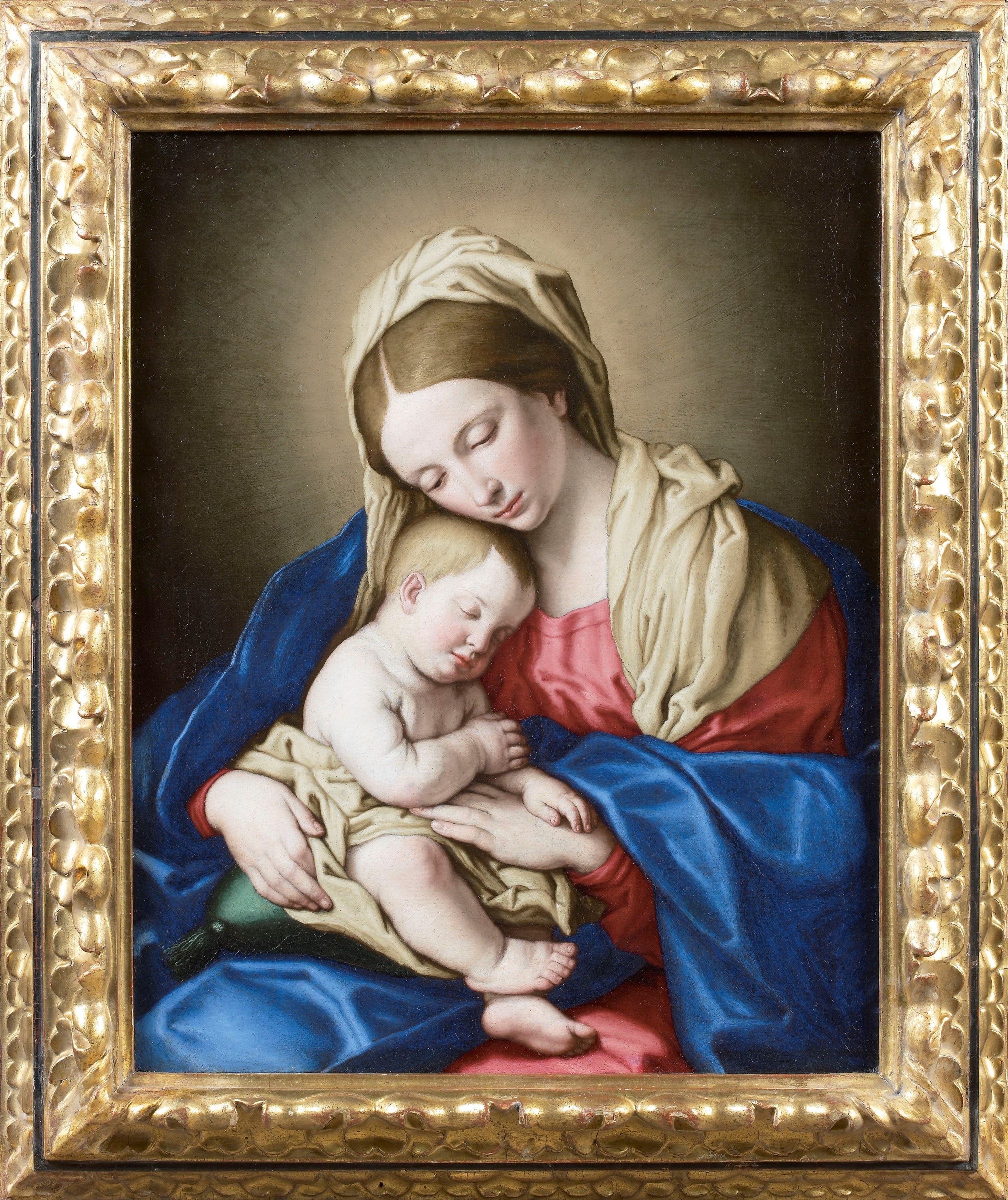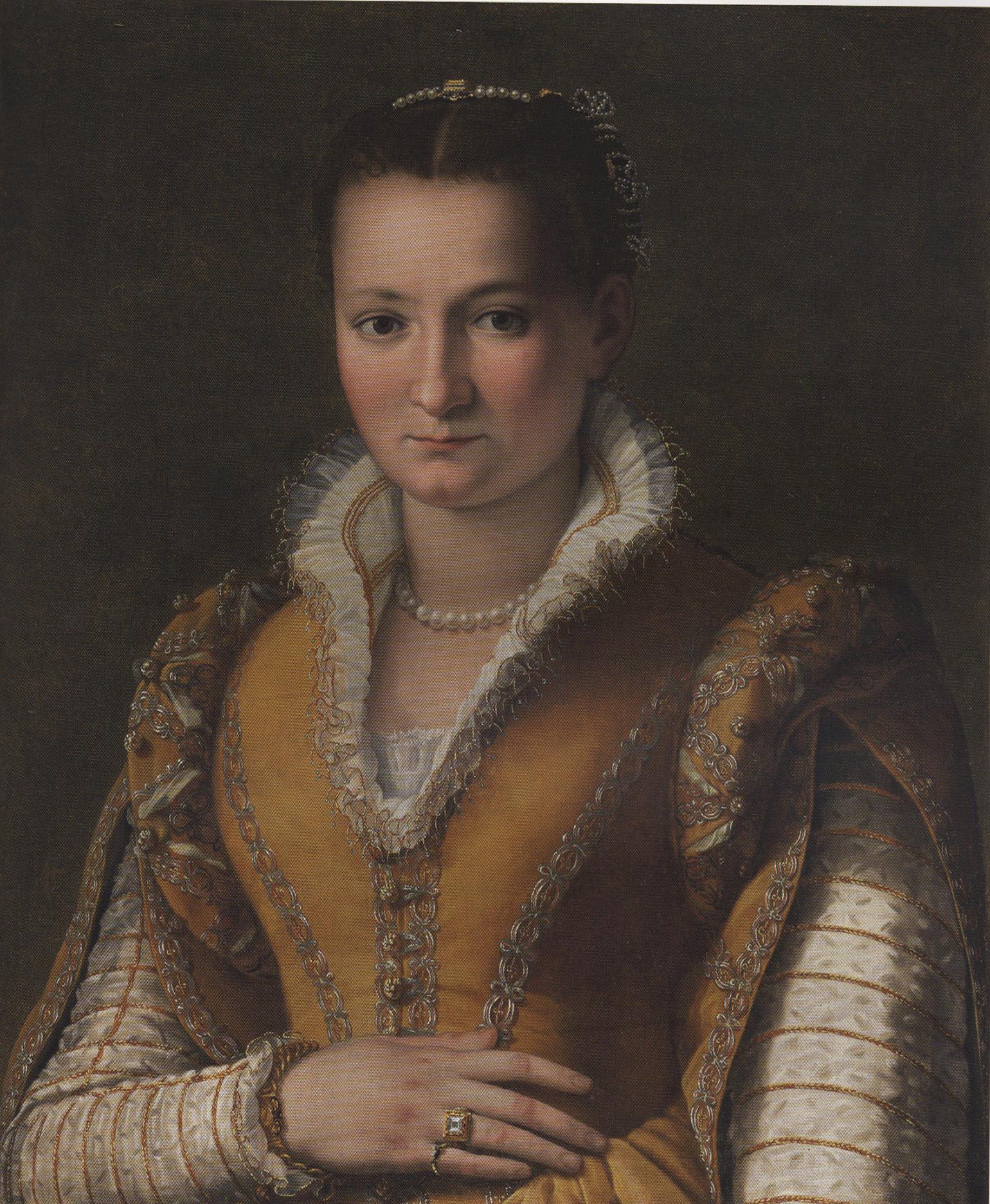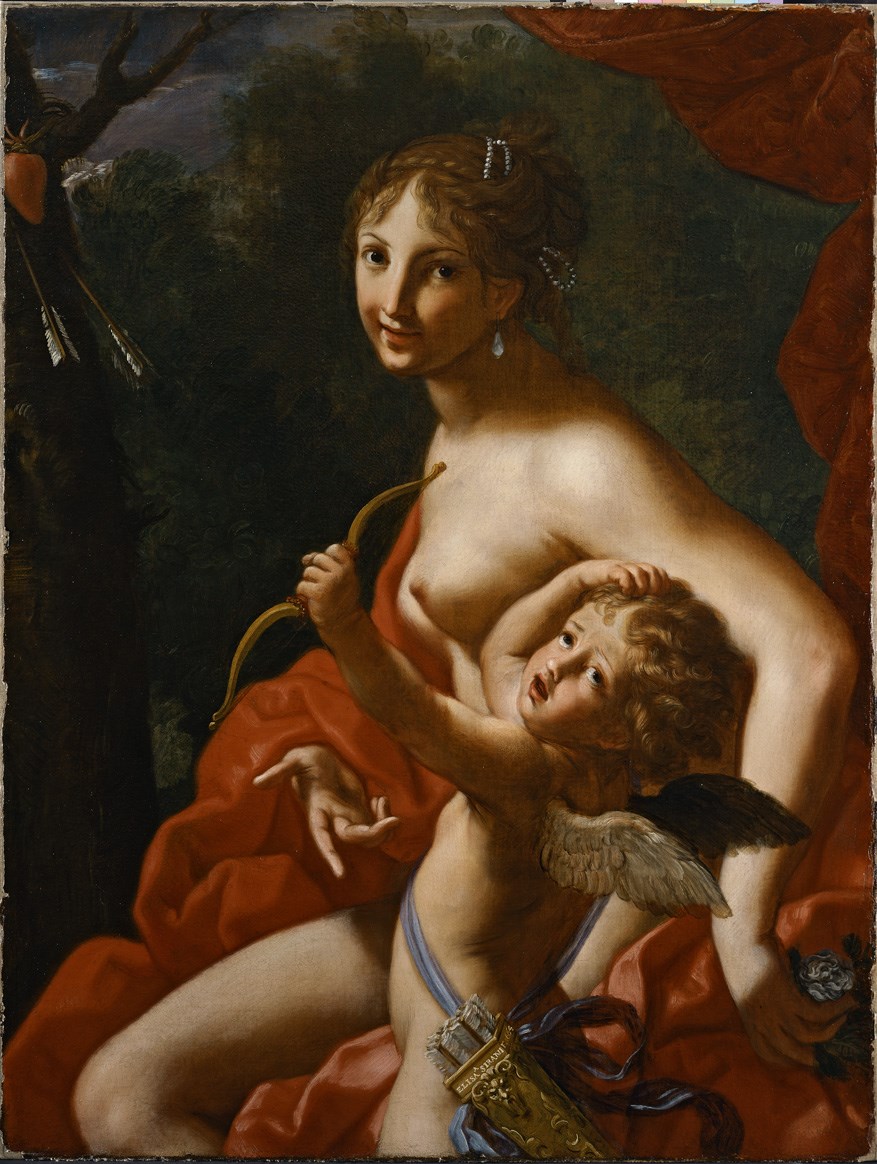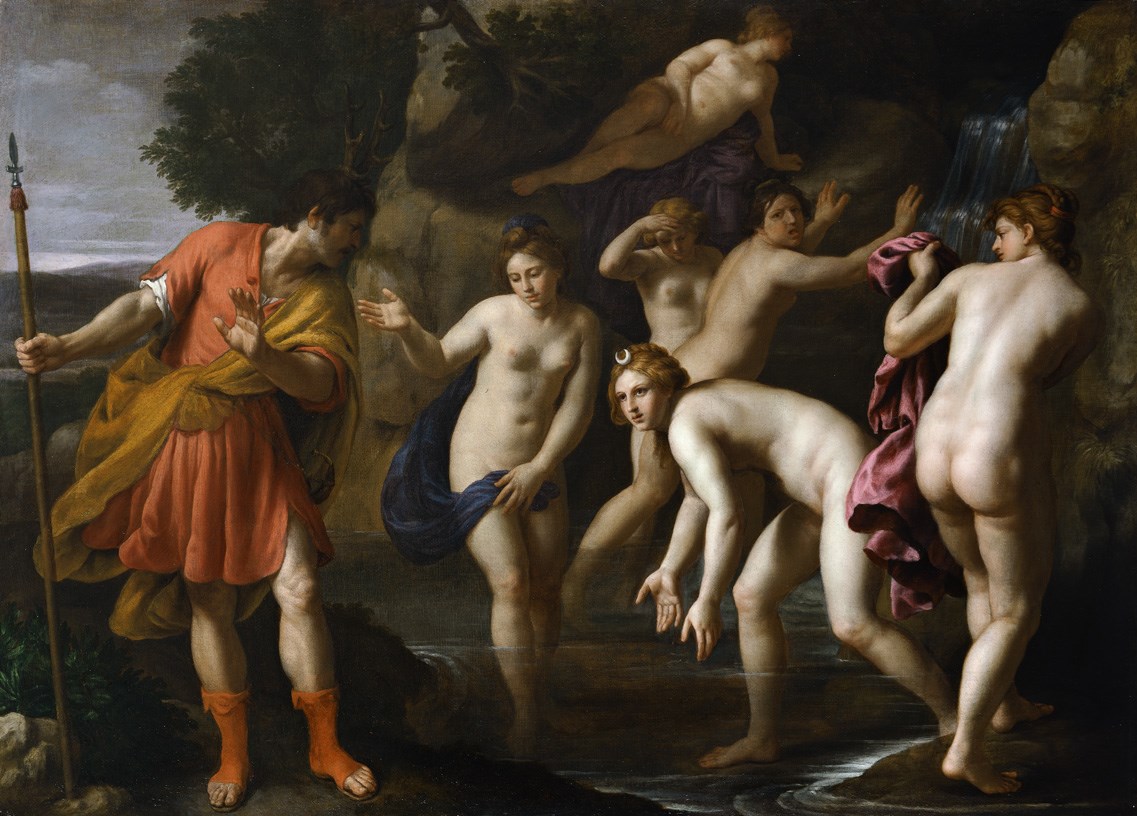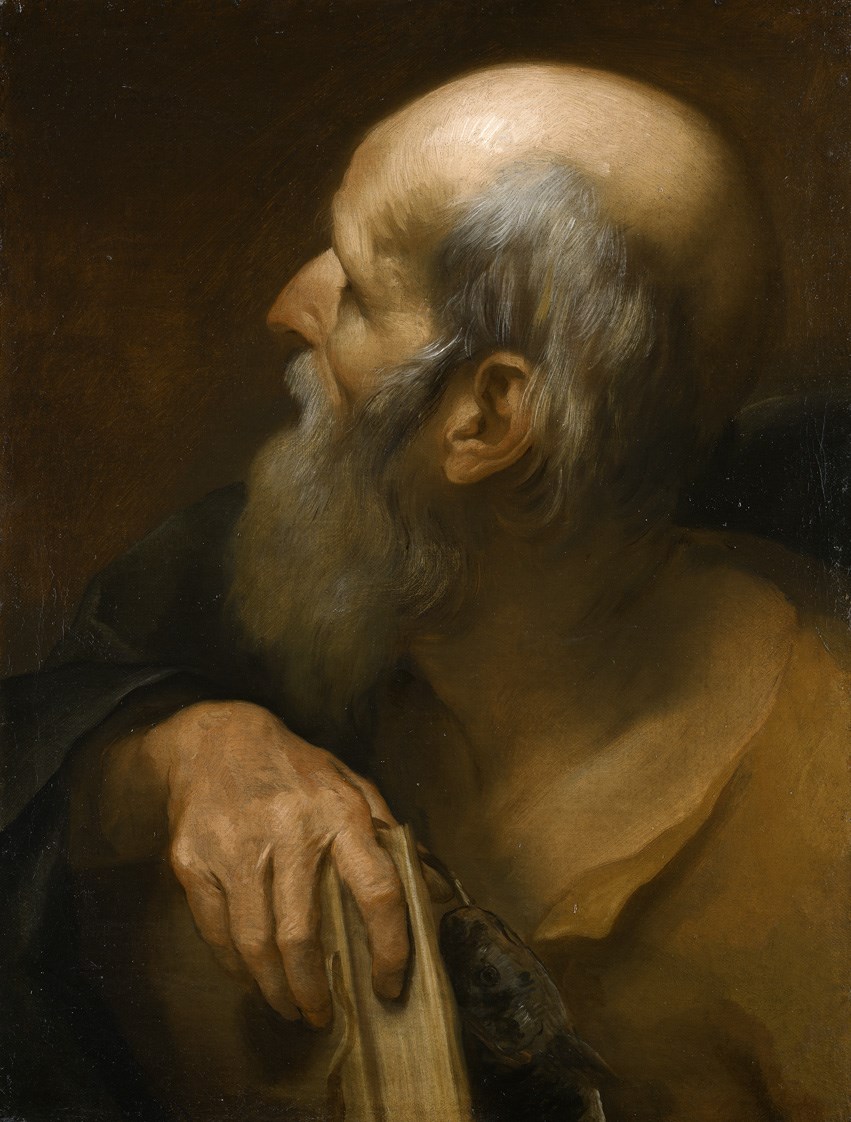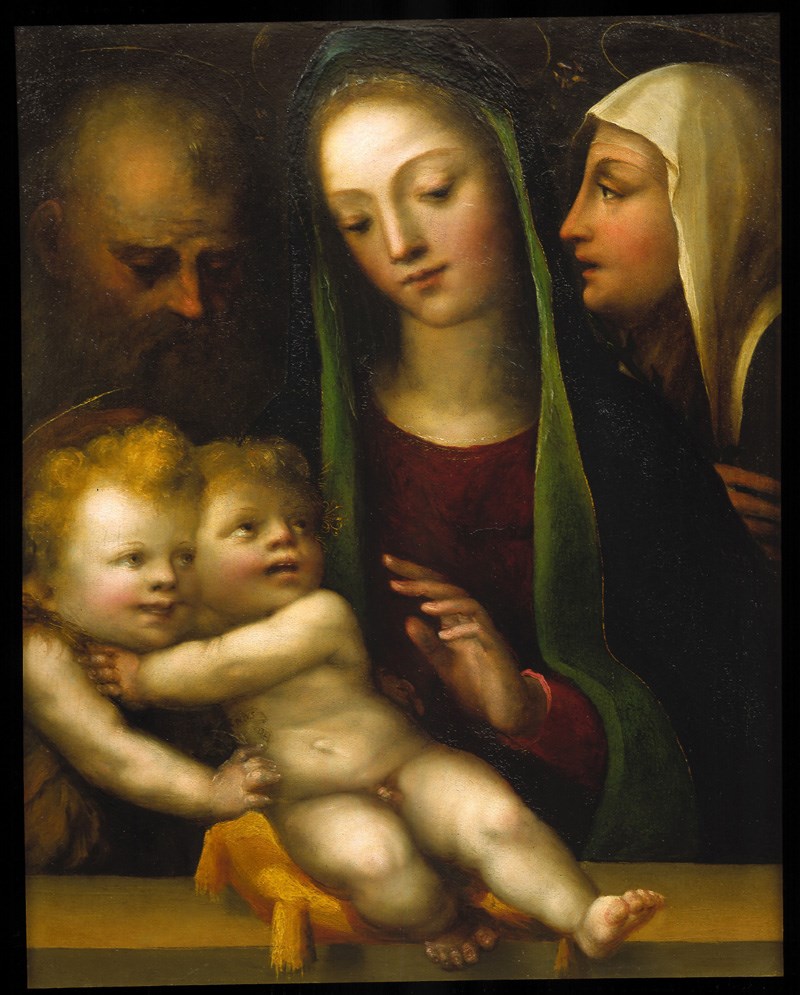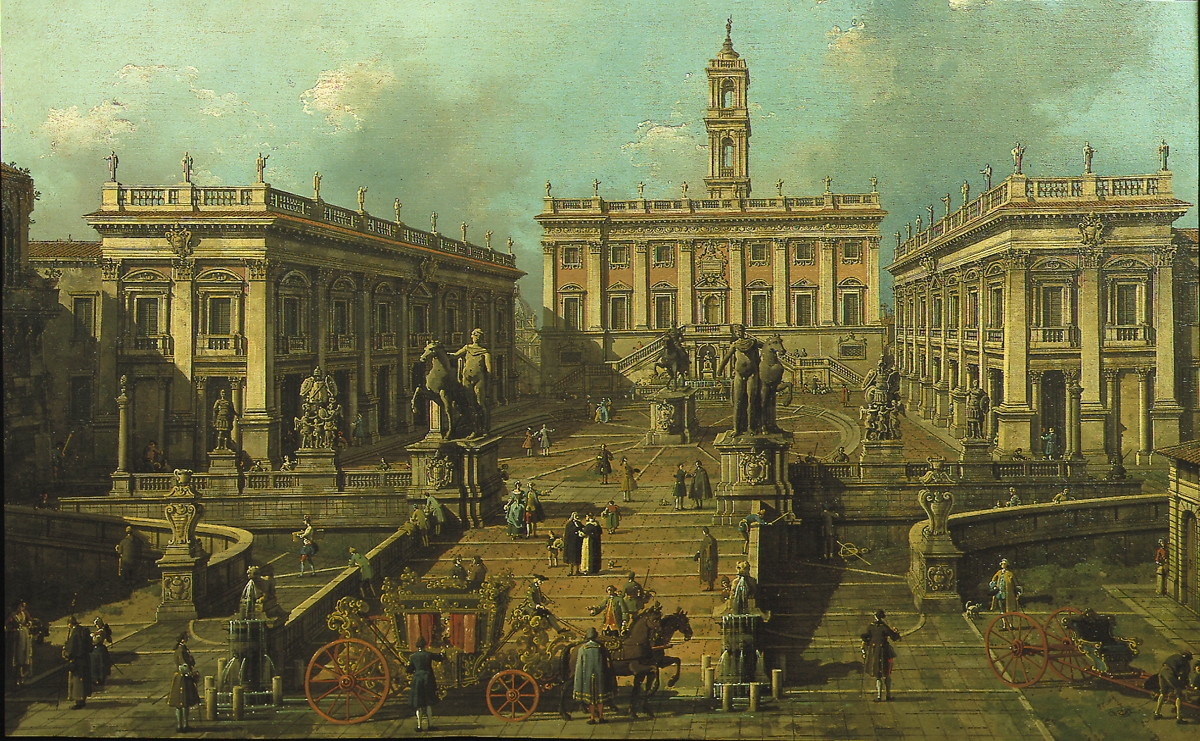Private Collection, Lucca
...
P.G. Maccari, Pietro Paolini pittore lucchese, Lucca 1987, p. 120, under cat. no. 37 (erroneously as a copy or a replica);
P. Betti and G. Papi, Paolo Guidotti, Pietro Sigismundo e Pietro Paolini: Tre pittori lucchese nella Roma di Caravaggio, Limena 2020, p. 145-146, fig. 5;
Nikita de Vernejoul, “Paolini e i ritratti - Ritratti piu che allegorie”, Pie ...
The gallery would like to thank Dr. Nikita de Vernejoul, who has endorsed the attribution to Paolini after firsthand inspection. Dr. de Vernejoul also considers the present lot to be the prime version of the two. This painting will be included in the forthcoming thesis on Paolini by Dr. de Vernejoul. Please note the addition to the literature - Nikita de Vernejoul, “Paolini e i ritratti ...
The gallery would also like to thank Patricia Wengraf, the sculpture expert, for discovering the attribution of the alabaster sculpture in the painting. It is by Willem van den Broecke and is now in the collection of the Rijksmuseum in Amsterdam.
Pietro Paolini (1603-1681) was a major player in the art scene in Lucca, a small Tuscan republic jealous of its independence. He went to Rome to train in 1619 and was deeply influenced by the art of Caravaggio and Valentin de Boulogne. He got close for a while to Angelo Caroselli, with whom some of his works were sometimes confused. Returning home in the early 1630s, after a detour to Venice, he settled there permanently and founded a painting academy in the late 1640s.
Paolini’s corpus has evolved considerably in recent years, with the appearance of major new works of which this portrait is part; it is beginning to be better defined but it is sorely lacking in chronological cues. No Roman works are signed or dated; in Lucca there are some milestones such as the Virgin of the Rosary with St. Dominic and St. Catherine of Siena painted in 1626 during a visit to Lucca, the Martyrs of St Bartholomew and St Pontian of 1631-1632, the Birth of St. John the Baptist of 1637 (Lucca, Musei Nazionali di Villa Guinigi).
Paolini mainly made easel paintings and developed his penchant for allegorical subjects manifested from the very beginning, often around moral themes. Passionate about music and literature, he was very close to the milieu of the poets and scholars of Lucca, and he portrayed unusual characters such as the famous doctor Francesco Maria Fiorentini (Toulouse, Fondation Bemberg) and the actor Tiberio Fiorilli, the famous Scaramouche (Versailles, museum of the castle). The Portrait of Francesco Di Poggio Writing in the light of an oil Lamp recently appeared on the art market titled as, Portrait of a Man Writing in the light of an oil Lamp. It is a portrait of a literate man seen half-length in his office, in the light of an oil lamp. Dressed casually, surrounded by the objects necessary for his literary activity, he looks at the viewer with a penetrating and questioning gaze with a barely sketched smile, and the intensity of his gaze mesmerizes. Behind the inkwell is the statuette of a sleeping female nude. The latter is lighted powerfully by the lamp, while the writer’s face receives only an indirect light, where the wart in relief creates a small shadow. The same sculpture can be found in the Luthier (Milan gallery Carlo Orsi in 2015) and was probably part of Paolini’s collection, for model use in his academy.
The painting gives off an impression of calm and intimacy. We are extremely grateful to Nikita de Vernejoul for identifying this sitter as Francesco Di Poggio, who was from a noble family in Lucca. He was a famous poet and writer, who was praised in two sonnets by Elisabetta Coreglia. He was the son of Visconti di Poggio. Born in 1594, he was canon at the Cathedral of San Martino from 1628, apostolic protonotary, and was, in addition to his writing, a musician, and member of the Accademia degli Accesi and the Accademia degli Oscuri [1]. He was related to Lelio Guidiccioni. His first major work, La Psyche, a musical drama set to music by Tommaso Breni, was performed in Lucca in 1645, at the Palazzo De ’Borghi. It was promoted by the Accademia degli Accesi as part of the carnival festivities and was published by that academy in 1654. The theme of portraiture in a literate cabinet dates back to the 16th century, especially in Venice, where connoisseurs were represented with books and sculptures, reinforcing their prestige, as in the Portrait of Andrea Odoni by Lotto (London, Buckingham Palace, Royal Collection Trust). Paolini developed a more distant relationship between the character and the statuette and firmly anchored the composition in the 17th century. The oil lamp lighting adapted in the portrait is extremely original. The model of artificial lighting introduced by Honthorst in Rome in the genre scenes of the 1615s, reinterpreted by Paolinj, gives the sitter poetry and mystery. The character’s environment, reduced to the essentials, takes as a model Valentin, in particular the Portrait of a Prelate (France, private collection), whose power is concentrated in the eyes and hands. For these “talking portraits” charged with conveying a message, Paolini invented a type of erudite Caravaggest portraiture, which can convey an idea, a conviction, sometimes deep anxiety and sense of disorder, the power of which can shake the viewer.
This portrait dates to around 1640, when the artist is at the peak of his abilities and when his mastery of chiaroscuro is perfect. Most of the known portraits were painted within a period of about ten years. The existence of a second version of this painting (Lucca Mazzarosa collection) with some variants, clearly of lower quality, should affirm the importance of the character represented.
You may also like

Pietro Paolini
(Lucca 1603 - Lucca 1681)
“Portrait of Francesco di Poggio Writing in the Light of an Oil Lamp”

Hendrick de Somer
(Lochristi 1607 - Naples 1655)
“Salome Receiving the Head of John the Baptist”

Bernardo Strozzi
(Genoa 1581 - Venice 1644)
“The Holy Family with the Infant Saint John the Baptist”

Bernardo Bellotto
(Venice 1721 - Warsaw 1780)
“The Courtyard of the Fortress of Königstein with the Magdalenenburg”

Antonio Zucchi
(Venice 1726 - Rome 1795)
“Portrait of James Adam (1732-1794), in an embroidered waistcoat and fur-lined blue coat, holding a pair of compasses and a scroll”

Lorenzo di Niccolò
(Active in Florence 1391 - 1412)
“The Angel of the Annunciation and the Virgin”

 Facebook
Facebook
 Twitter
Twitter


 Gmail
Gmail
